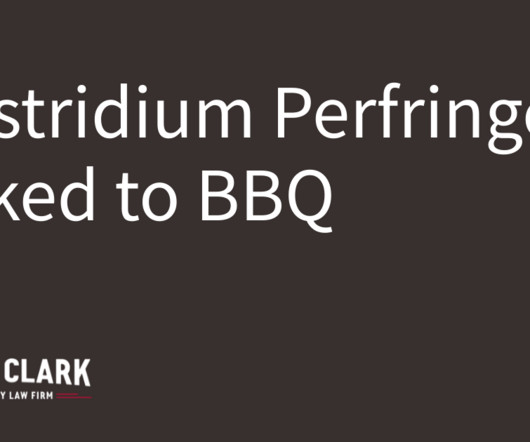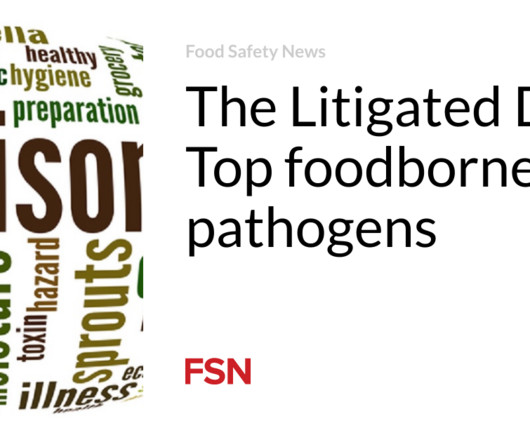Clostridium Perfringens Linked to BBQ
Bill Marler
JANUARY 17, 2024
perfringens food poisoning tend to happen in settings where large groups of people are served and keeping food at proper temperatures may be difficult—for example, hospitals, school cafeterias, prisons, nursing homes, and large events with catered food. Outbreaks of C. Most of these outbreaks happen in November and December.












Let's personalize your content